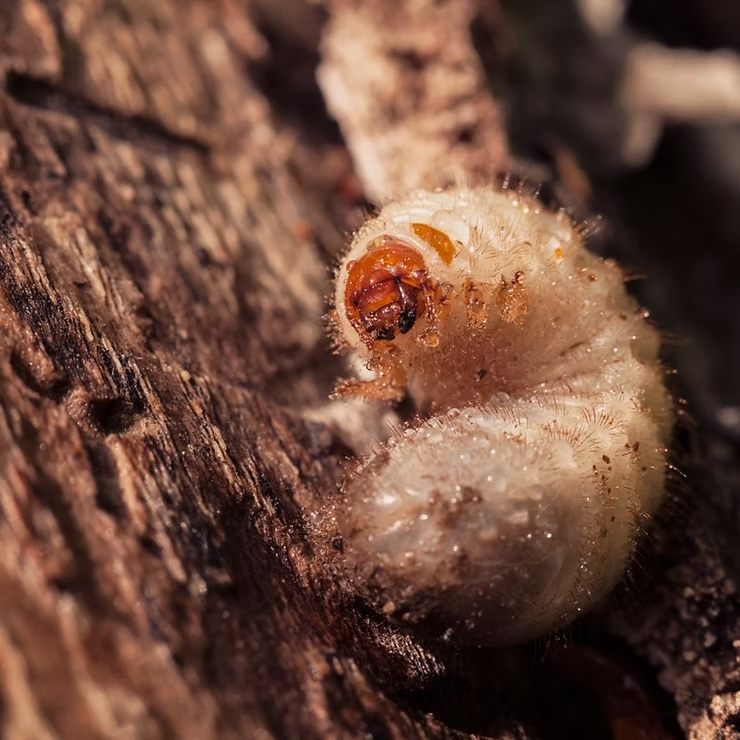The Hidden Lives of Marine Larvae
The ocean is alive with organisms too small for the naked eye, and among the most fascinating are the larvae of marine animals. These tiny yet vital creatures hold the key to biodiversity, survival, and the balance of ocean ecosystems. Though largely unseen, their role in nutrient cycling, dispersal, and food webs makes them central to the health of the seas.
Diversity in Form and Function
A Kaleidoscope of Shapes
- Some larvae display spines and ridges for defense and camouflage.
- Others are streamlined for speed, thriving in open-water currents.
Confocal laser scanning microscopy has revealed stunning details, from intricate pores to complex surface ornamentation, highlighting just how diverse these forms can be.
Roles in the Ecosystem
- Nutrient recyclers that support marine food chains
- Predators and prey forming a crucial link between micro and macro life
- Genetic dispersers spreading populations across vast distances
From enigmatic Y-larvae to the more familiar nauplii, each plays a part in maintaining ecological balance.
Survival and Growth
Feeding Strategies
- Filter-feeding on plankton
- Specialized mouthparts for targeted prey
- Lecithotrophic feeding from yolk reserves
These adaptations ensure larvae can thrive in a variety of conditions, from nutrient-rich shallows to deeper currents.
Survival Tactics
- Camouflage against predators
- Vertical migration to exploit resources
- Symbiosis with algae for energy and protection
Every stage is a test of resilience, with larvae overcoming immense challenges to reach maturity.
Technology Revealing the Invisible
Autofluorescence and Microscopy
Autofluorescence has transformed larval study, illuminating structures that once went unseen. Using confocal microscopy, researchers capture detailed images without dyes, preserving fragile specimens and even revealing fossilized forms.
Genetic Barcoding
Single-larva barcoding has provided breakthroughs in identification, unlocking the genetic blueprint of elusive larvae. By combining molecular markers with imaging, scientists can classify species, trace evolutionary pathways, and map biodiversity with precision.
Larval Journeys Across the Seas
Dispersal and Migration
- Currents act as highways for larval transport.
- Vertical migration enables larvae to exploit favorable water layers.
- Behavioral cues like phototaxis help larvae find safe habitats.
Tagging and tracking technologies are now revealing migration routes, survival rates, and habitat preferences of these microscopic travelers.
Conservation Challenges
Threats to Larval Populations
- Rising temperatures and acidification
- Pollution from plastics and chemicals
- Habitat destruction and overfishing
The loss of larvae would ripple through entire ecosystems, endangering species that rely on them for food and stability.
Protecting Larval Habitats
Conservation must focus on safeguarding nursery areas, maintaining water quality, and promoting sustainable fishing and aquaculture. Protecting larvae means protecting the future of marine biodiversity.
Engaging the Public
Outreach and Education
Aquariums and museums now showcase larval worlds through magnified exhibits, feeding demonstrations, and interactive programs. Citizen science projects also empower communities to collect data, deepening awareness of these hidden creatures and their importance.
Conclusion
Marine larvae are more than a life stage—they are the foundation of biodiversity and ocean health. With advanced tools and conservation efforts, we can continue to uncover their secrets and protect the delicate balance they sustain. By valuing even the smallest swimmers, we safeguard the resilience of our seas for generations to come.

